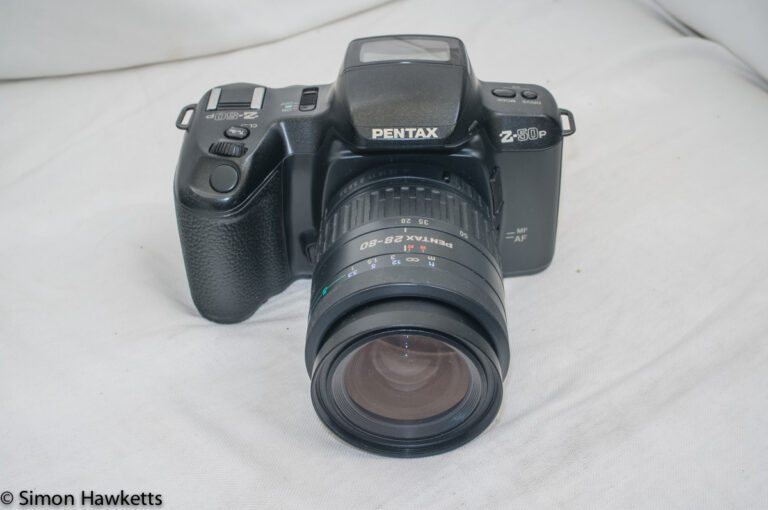Pentax Z-10 autofocus 35 mm SLR
The Pentax Z-10 is an entry level 35 mm autofocus single lens reflex camera from the Pentax Z series introduced in the early 1990s. It was actually the first of the Z series and paved the way for such fantastic cameras as the Z-1p, which is one of my favourite autofocus film cameras.
Pentax Z-10 Images

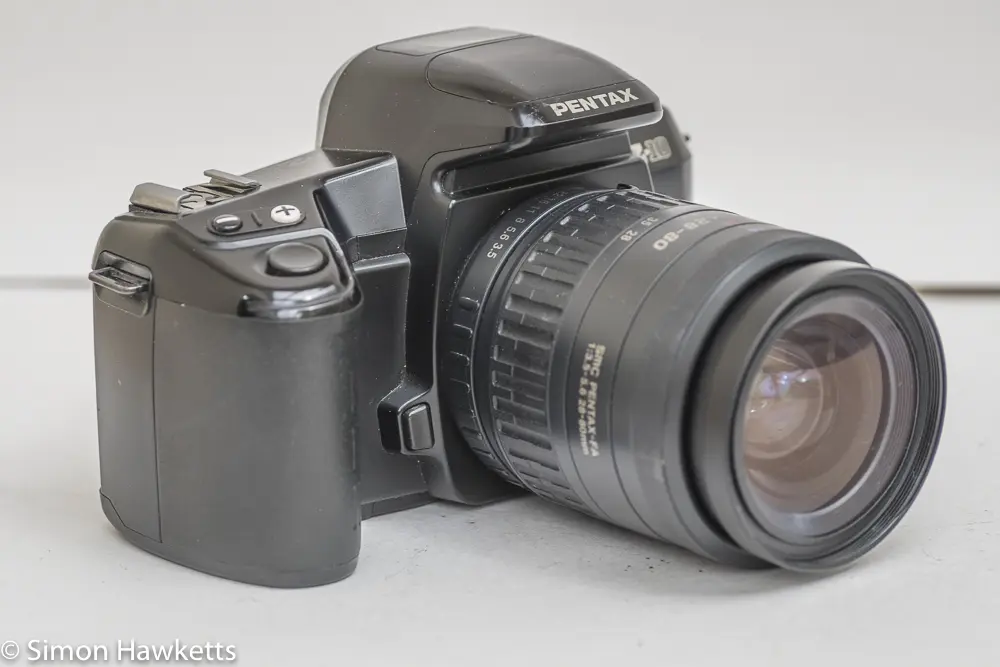

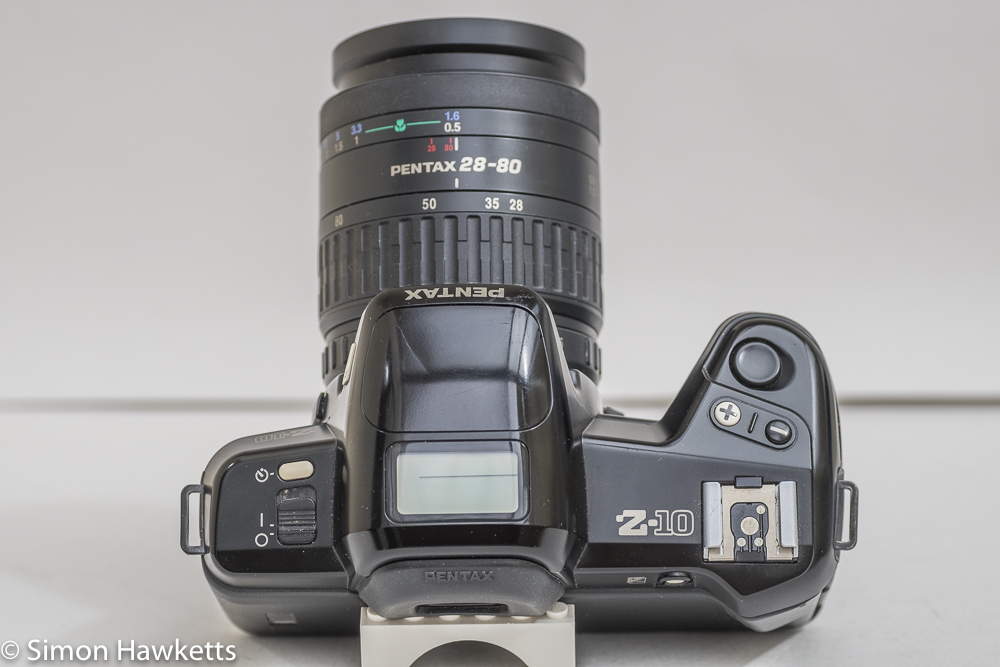
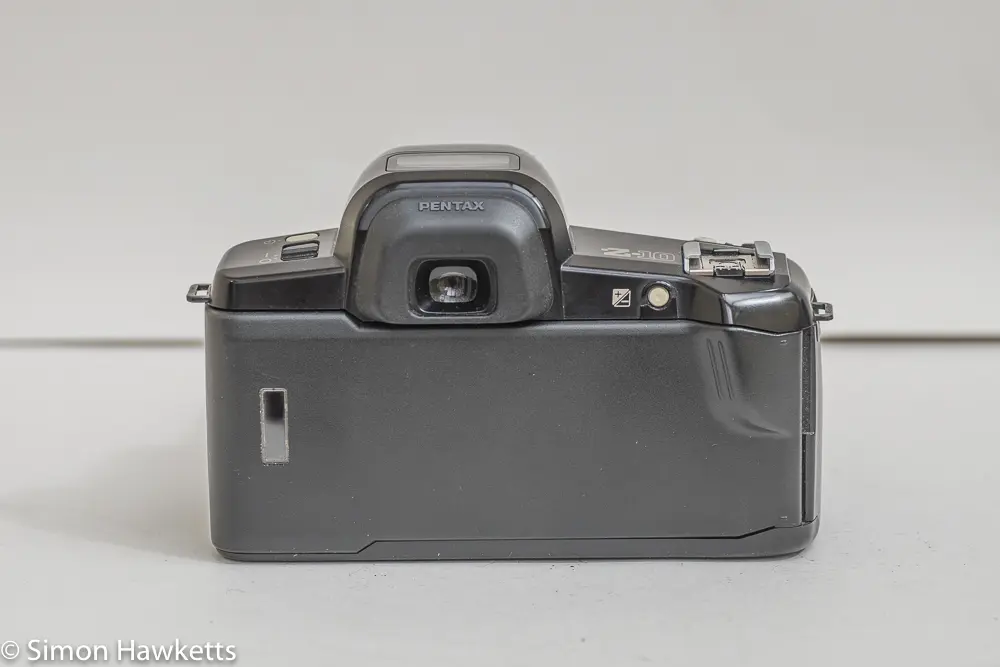

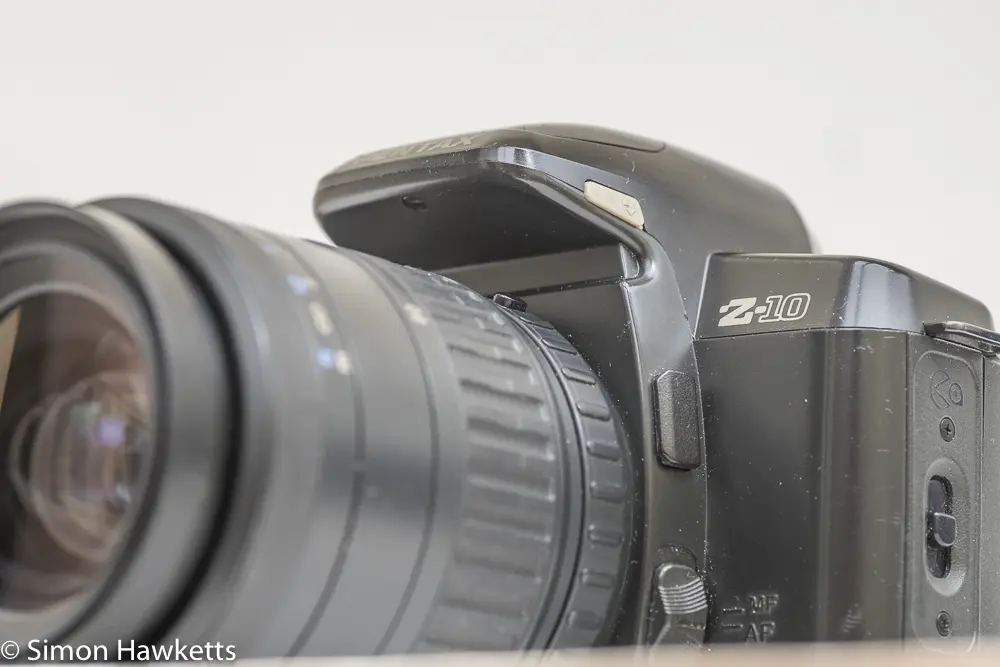

My Pentax Z-10 camera
This is a camera I purchased for a few pounds simply to augment my Z series collection.
I have the Z-1 and Z-1p which are the top end cameras, and also the Z-20 which is a mid-range unit, so I acquired the Z-10 just to make the collection more complete.
The camera came with a standard 28 to 80 mm autofocus zoom lens, which would have been a typical standard lens supplied with the camera when new.
Once I fitted a battery to the camera and switched it on, everything sprang into life and seems to be working properly. All the camera’s controls are working, and the film transport seems to be working correctly, although I can’t completely confirm that until I put a film through it.
Pentax Z-10 description
The Z-10 is one of the lower spec cameras in the Z series range and was available for a lower price point because of that.
The Z series followed on from the SF series which were Pentax’s introduction to autofocus (well apart from a single autofocus lens made for a variant of the ME range) and so had a slightly improved autofocus performance from that series.
The basic mechanism for autofocus was the same however (and still the same on Pentax’s modern digital cameras) which is a mechanical screw driven from a motor in the camera body. Although this can be noisy and a bit slower than the modern option of ultrasonic motors, it has the advantage of allowing most Pentax cameras being able to focus most lenses.
The viewfinder on the Z-10 is noticeably darker than the Z-1 units, and this is because the reflective element of the viewfinder is a Penta mirror rather than a Penta prism, which was a cost saving option.
The information in the viewfinder is as you would expect for an entry level unit – quite limited. In a panel down the right-hand side of the viewfinder is a green P to indicate program mode selected, a red + and – used to indicate over / under exposure in manual mode with a circle to indicate correct exposure, a flash icon to indicate when flash is needed and a green focus confirmation light. In the centre of the viewfinder itself is a rectangle to mark the autofocus sensor zone.
The top of the camera has an LCD information panel, which is a bit of a plus for a camera of this class, and it displays things like frame number, exposure mode, shutter speed in manual mode etc. Because the LCD is on the top of the camera, the external flash connection is in the characteristic off-centre position on the right-hand side of the camera, as with all the models of this series.
The control layout is very simple because there isn’t much to adjust on this mostly automatic camera. There are two + and – buttons just behind the shutter release which alter the shutter speed in manual mode, and the exposure compensation in P mode. The exposure compensation is applied with a small button on the back of the camera, and there is a self-timer button just above the main On/Off switch on the top left of the camera. The only other control is the Auto/Manual focus switch on the bottom of the lens mount.
The Pentax Z series included the best 35 mm autofocus camera Pentax ever made – the Z-1P, and although the Z-10 certainly isn’t in the same class as the Z-1P, there are elements in the design which point towards that camera. So although I probably won’t use the Z-10 much, I’m glad to have it in my collection.
Pentax Z-10 Camera Manual
I’ve started to augment the collection of camera manuals on the site and since I now have the Z-10 manual in PDF format I’ve included it here as well as the linked, online version in the spec list below.
Pentaz Z-10 specification
- Pentax Z-10 35mm autofocus slr camera
- DX coding of film without override
- Program mode AE and manual mode
- Pentax K-af2 mount
- Penta mirror viewfinder
- Limited viewfinder information + top panel LCD
- 12 second self timer
- Automatic film loading and transport
- Built in flash
- 2CR5 battery – required for operation
- Manual available on-line here
Discover more from Everything Vintage
Subscribe to get the latest posts sent to your email.




